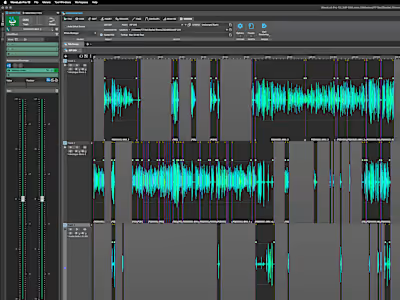From Book to Audiobook
1. Script Preparation
The first step is preparing the text for recording. This involves:
Editing the Text: The original book may need to be edited for clarity and flow in audio format. This can include removing sections that don't translate well to audio, such as complex footnotes or visual content descriptions.
Creating a Narration Script: The text is formatted into a script that is easy for the narrator to read. This may include annotations for tone, pauses, and emphasis to guide the narrator during recording.
2. Casting the Narrator
Choosing the right narrator is crucial for the audiobook's success. This step includes:
Auditions: Publishers or producers often hold auditions to find a narrator whose voice and style match the book's tone and genre. Or, You may record yourself!
Considerations: Factors such as the narrator's experience, vocal quality, and ability to convey character emotions are considered to ensure they can effectively bring the story to life.
3. Recording the Audio
Once the narrator is selected, the recording process begins.
4. Editing and Post-Production
After recording, the audio undergoes editing:
Audio Editing: This includes removing mistakes, pauses, and background noise, as well as enhancing sound quality. Editors may also add sound effects or music if appropriate.
Mastering: The final audio is mastered to ensure consistency in volume and clarity across all tracks, making it suitable for distribution.
5. Distribution and Publishing
The final step is to distribute the audiobook:
Uploading to Platforms: The mastered audio files are uploaded to audiobook platforms such as Audible, Google Play, and Apple Books.
By following these steps, You can effectively transform a written book into an engaging audiobook that reaches a wider audience.
Like this project
Posted Jul 19, 2024
Audiobook production involves several key stages, from sourcing raw audio to uploading the final product to audiobook services.





